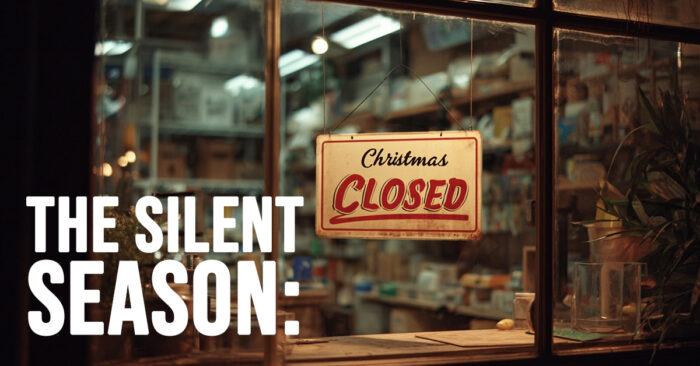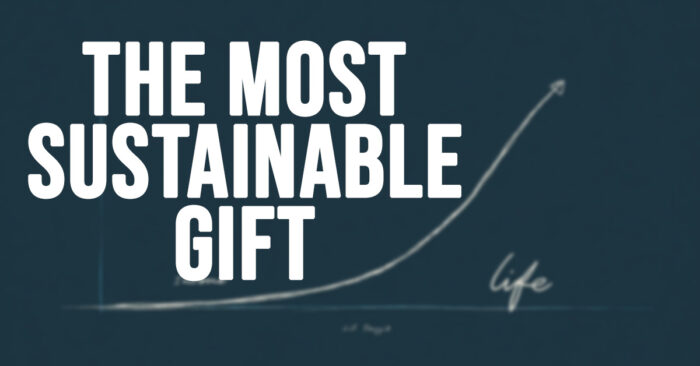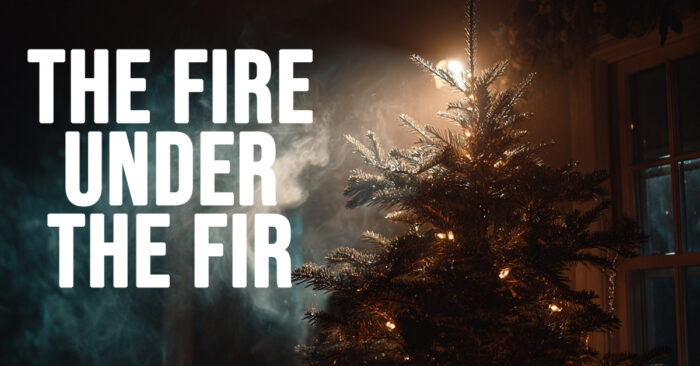The Disappearing Copper Penny

The Disappearing Copper Penny
Every few years there seems to be another campaign to rid America of the one cent coin, more commonly known as the penny. The penny, of course, is the smallest denomination of coin minted in this country, but that wasn’t always the case. From 1793 through 1853, a penny was still so valuable that a half-cent coin was minted for those 70 years. Today, those half-cent coins, in good condition, can be valued in the hundreds and even thousands of dollars. Few know that Paul Revere, a blacksmith, supplied copper for some of those first pennies.
Indian head pennies, named for the Native American image that appeared on the coin’s face, were minted in the United States from 1859 to 1909. From 1859 to 1864, the coins were minted using 88% copper and 12% nickel.
Indian head pennies were replaced by Lincoln cents, which featured the image of President Abraham Lincoln. The coins debuted in 1909, the centennial of his birth. The original reverse side featured two stalks of wheat, and became known as “wheat cents” or wheat pennies. That design was changed in 1959 when the wheat image was replaced by that of the Lincoln Memorial. There was a time in 1943, during World War II, when pennies were minted out of steel instead of copper, to save the more valuable metal.
From 1959 through 1962, pennies were composed of 95% copper and 5% zinc and tin. Tin was removed in 1962 and from 1962 until 1982, pennies were 95% copper and 5% zinc. This is important to note in that pennies minted prior to 1982 where largely copper. This makes the copper metal in the pre-1982 penny worth more than its one cent face value. With post-1982 one cent pieces being manufactured with mostly zinc with a thin coating of copper, it is understandable why the mainly copper pennies are disappearing from circulation.
In spite of the lower costs in metal, today’s pennies still cost the U.S. Government 1.76 cents to manufacture. The nickel costs 7.42 cents to make. In short, the country is losing money while making it.
Are you spending too much on auto, home, business or life insurance? How would you know unless you compare? Contact one of our independent insurance agents for your no cost, no obligation quote today.
Do you have questions about your insurance? Find an insurance agent near you with our Agent Finder
Search All Blogs
Search All Blogs
Read More Blogs
Tinsel and Tropes: A Cozy Look at Why Classic Christmas Movie Moments Endure
From Zuzu’s petals to the leg lamp: Dive into the nostalgic tropes and timeless comfort of our favorite classic Christmas films.
The Silent Season: Securing Inventory and Operations During Christmas and Year-End Closures
Closing the shop for the holidays? Key business insurance checks for protecting vacant property and high-value inventory from theft and winter damage.
The Most Sustainable Gift: Life Insurance and the Value of Income Continuation Planning
Life insurance ensures the Christmas cheer continues. Practical tips on using income continuation math to calculate the right term policy size for your family.
From Home to Holiday: Securing Your Christmas Road Trip Auto Coverage Checklist
Heading over the river and through the woods? Your Christmas road trip needs an auto insurance checkup, focusing on roadside assistance and UIM coverage.
The Fire Under the Fir: Insuring Against Christmas Tree Calamity and Holiday Fire Risk
Don’t let a dried-out tree ruin Christmas. Essential home insurance tips for fire safety, electrical risk, and candle liability during the holiday season.
Cozying Up: Embracing the Danish Art of Hygge for a Stress-Free December
Banish the December chaos! A simple guide to adopting Hygge—the Danish concept of cozy contentment—for a truly joyful holiday season.
Tinsel, Traffic, and Transactions: Insuring Your Business Against December’s Holiday Rush Risks
Don’t let the holiday rush expose your business. A guide to essential commercial insurance coverages for increased sales, foot traffic, and cyber threats in December.
The Ultimate December Gift: Why Life Insurance is the Most Important Present You’ll Ever Give
Forget the gadgets; life insurance is the real gift of security. A timely look at protecting your family’s future during the season of giving.
Skids, Slush, and Safety: How Your Auto Insurance Navigates the December Driving Nightmare
Essential auto insurance checks and tips for safe, claim-free driving through December’s challenging winter weather and holiday traffic.
Snowed In, Safely Covered: A December Guide to Home Insurance and Winter Preparedness
Don’t let winter woes ruin your holiday cheer. Essential tips on home insurance coverage for snow, ice, and festive accidents.









